Garganelli, recipe for egg pasta typical of Emilia-Romagna
Garganelli are a format of fresh pasta to the egg of the Romagna tradition with a shape similar to feathers, but with a particular perpendicular groove that makes them special. Also called ‘garganéi’ in the Romagna dialect, Garganelli are excellent served with shallots and pancetta or with meat sauces. The preparation of this short pasta is still linked to the manual traditions of the time in which it was born, probably around 1700. With a comb and a stick, in fact, it is possible to make these small ‘tubes’ of striped pasta which, once cooked, they collect all the flavor of the sauce that accompanies them. Here is the recipe to prepare Garganelli with the traditional method.
Ingredients for 4 people
- Medium eggs: 3
- 00 flour: 300 g
- Preparation: 1 hour
- Total: 1 hour
Preparation
To prepare the Garganelli, start pouring the flour on a pastry board. Pour the eggs into the center.
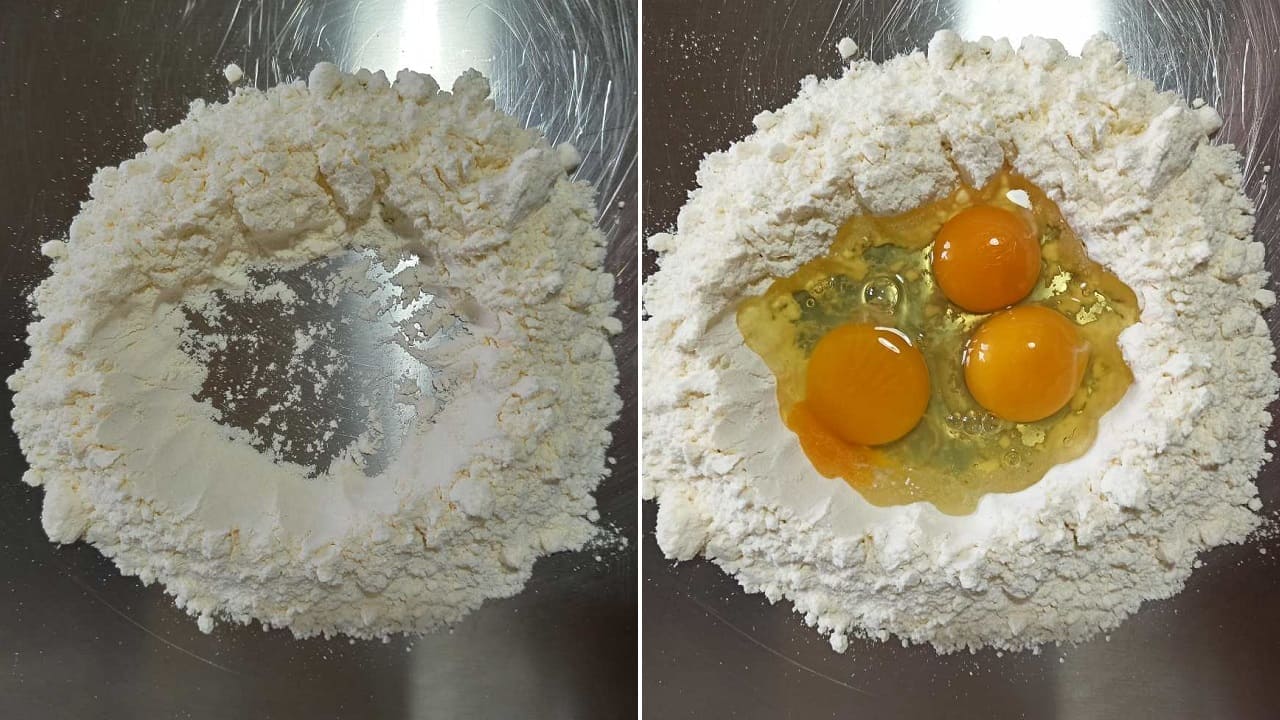
With a fork, start beating the eggs.

Once the eggs are beaten in the center, gradually start bringing the flour towards the center, continuing to mix to mix everything.
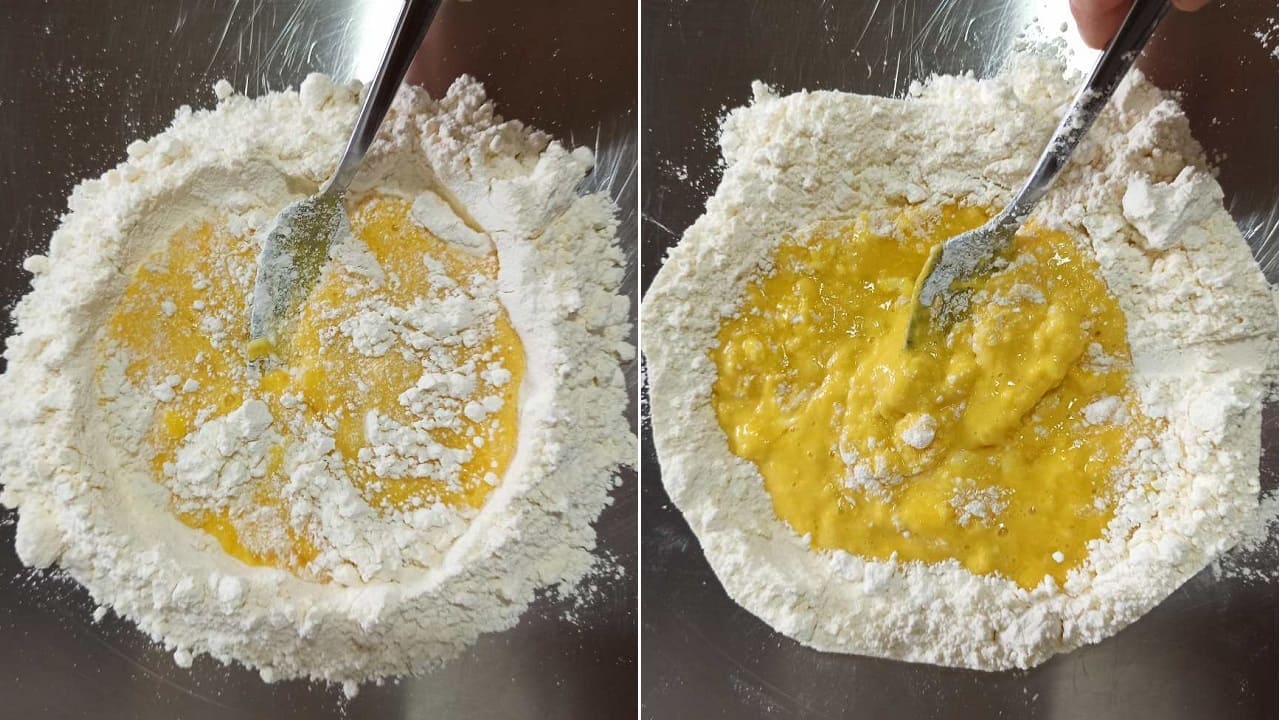
When all the flour is incorporated and the dough thickens, knead it with your hands for about 10 minutes, until the dough is smooth and homogeneous. Form a loaf, wrap it in cling film and let it rest at room temperature for 30 minutes.
Once rested, take 1/4 of the dough and start rolling it out with a rolling pin, flour if necessary to prevent it from sticking.
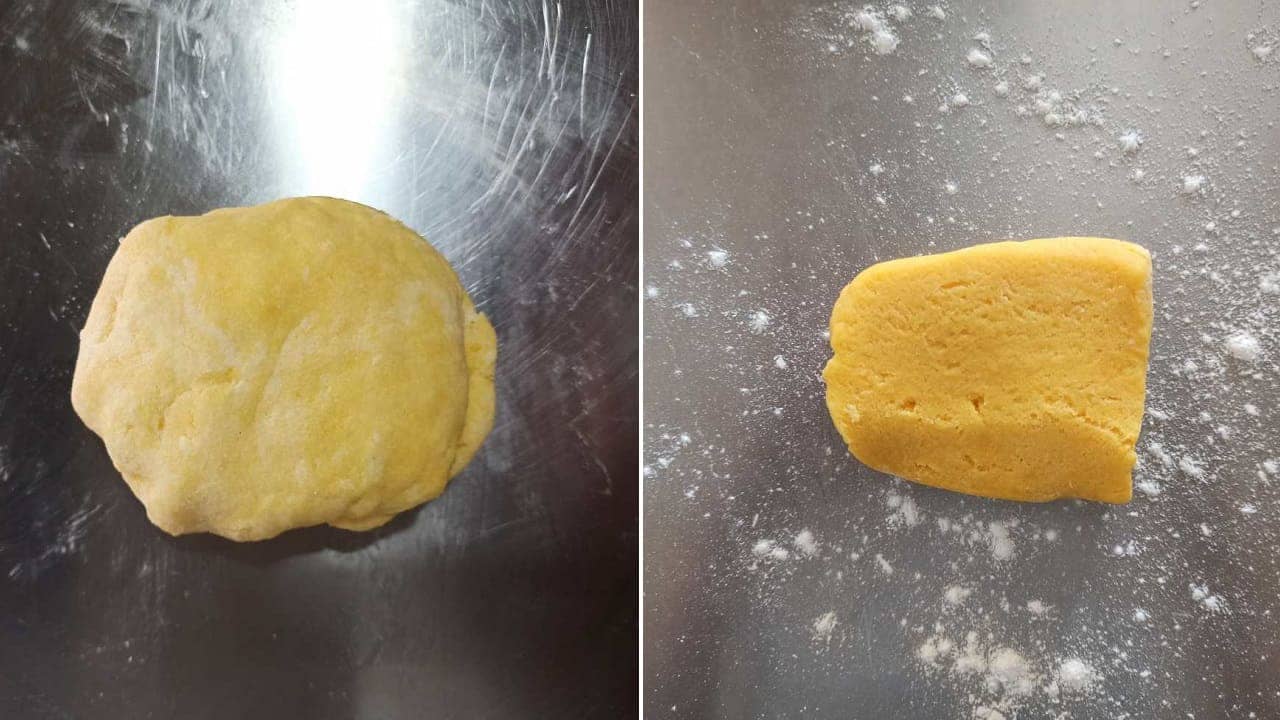
With the pasta machine, roll out the dough until it reaches a thickness of about 3 mm.
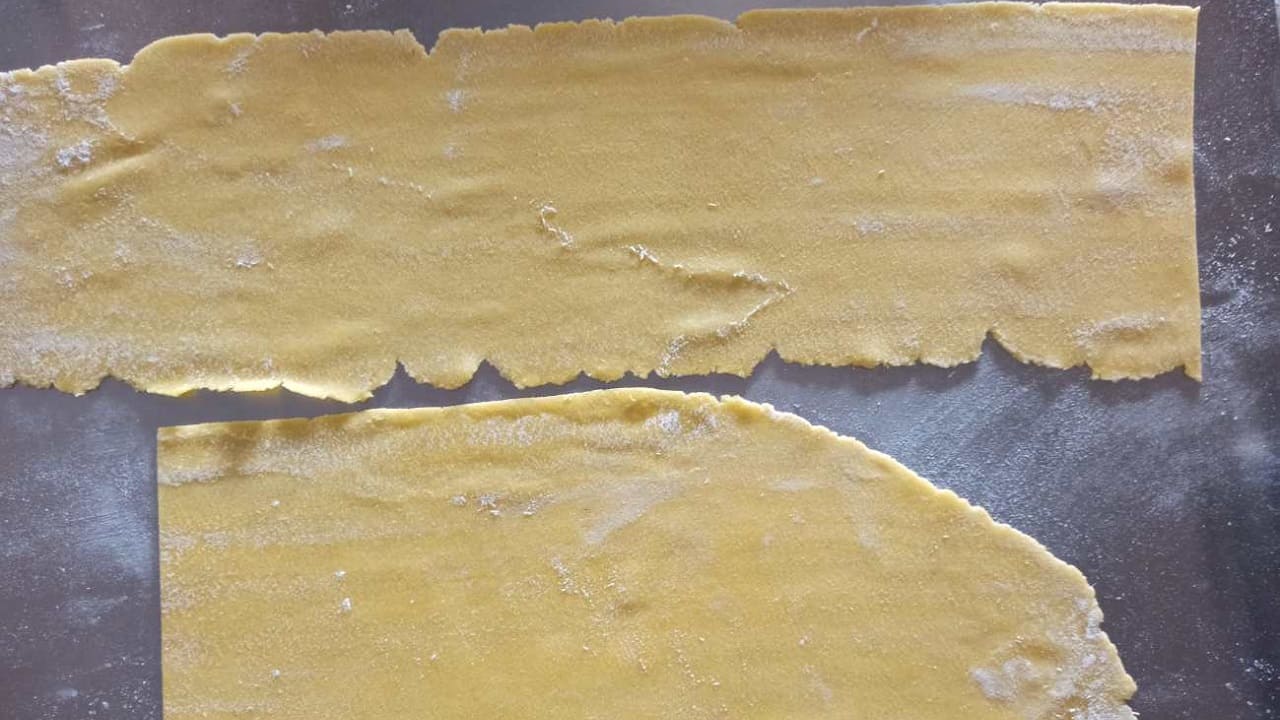
Cut the sheets of pasta into 2×2 cm squares.
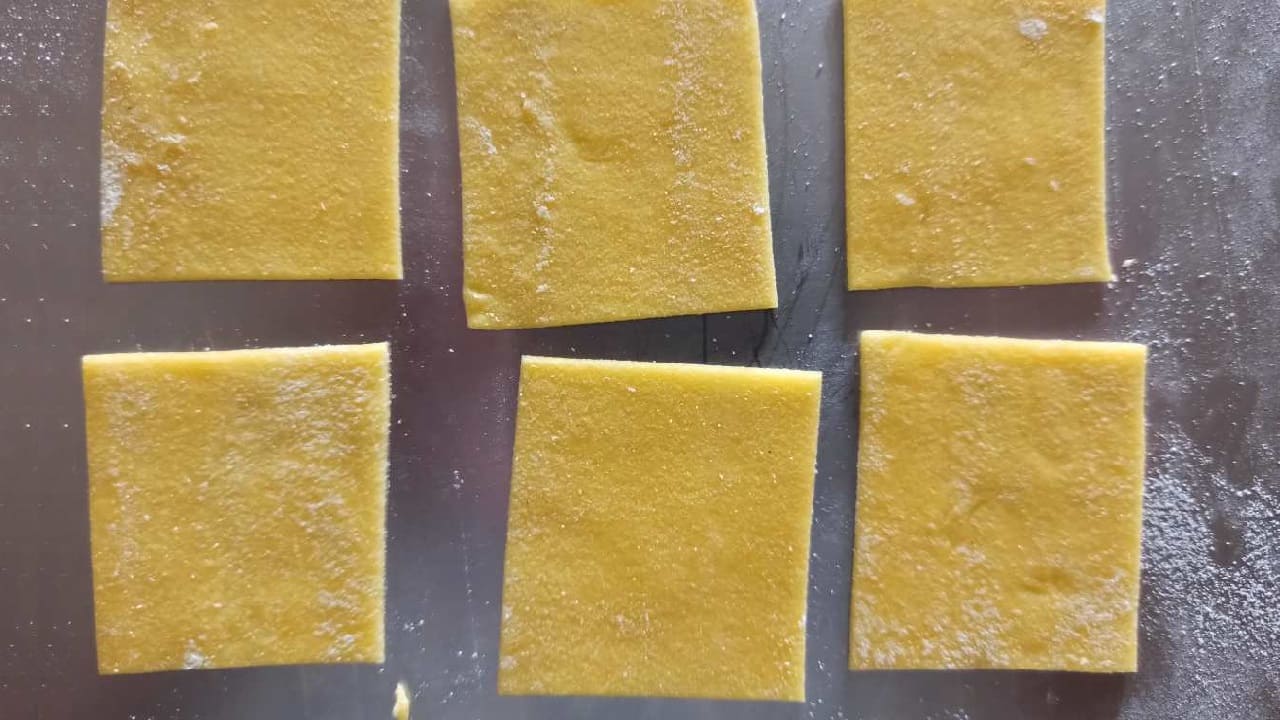
Now give shape to the Garganelli. To do this we used a gnocchi board and a wooden stick. Place a square of pasta on the striped board and, starting from one corner, wrap it on the wooden stick until it reaches the opposite corner. Make a slight pressure when carrying out the operation, in order to scratch the dough.
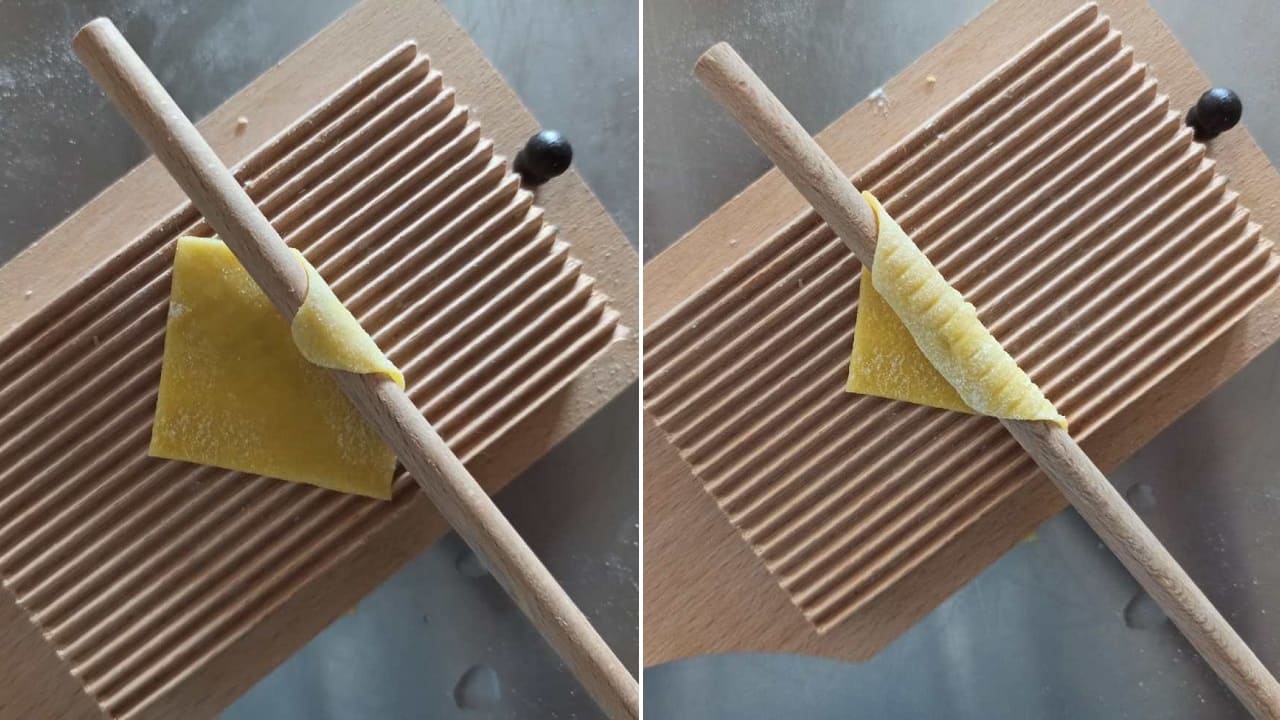
Once the square of pasta is completely wrapped on the egg food, press lightly to close the ends and then gently remove it from the stick.
Arrange the formed Garganelli on a floured tray and proceed until the dough is finished.
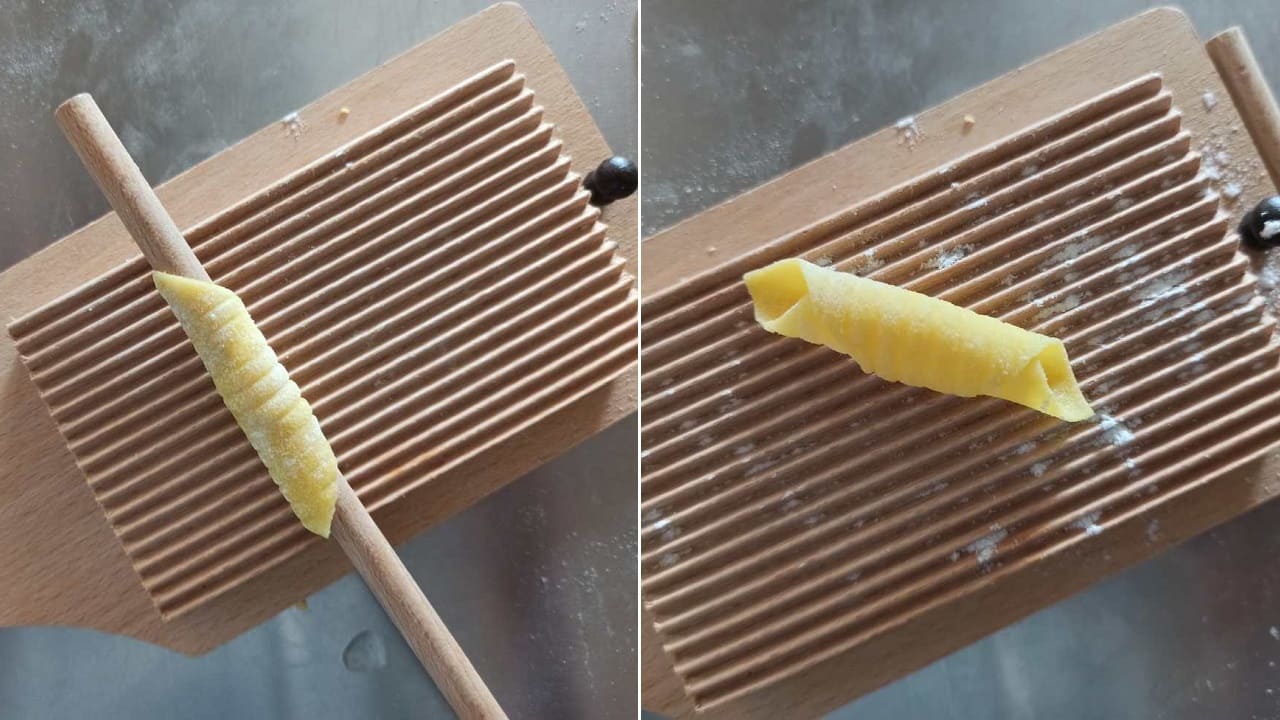
Accessories
- Pastry board
- Fork
- Rolling pin
- Pasta machine
- Knife
- Tray
Tips and tricks
- Traditionally the classic rifling of Garganelli is made with a hair comb special, formed by numerous close and stretched on a small wooden frame. But, as in our case, it is also possible to use a gnocchi row combined with a wooden stick (or the handle of a wooden spoon).
- We have made 2 × 2 cm squares of pasta to obtain the classic size of Garganelli, but it is possible to cut larger squares, up to 5 × 5 cm to obtain a large pasta.
- Garganelli are excellent topped with shallots and bacon, among the most consumed recipes in Romagna cuisine, or with ragù, or sausage and tomato or ham and peas. In short, pasta goes well with everything, find your favorite sauce!
storage
Store the Garganelli still raw in a cool and dry place, closed in an airtight container and cook them within a day. It is also possible to freeze them by distributing them on a tray and, once hardened, pour them into food bags. They will always be ready when needed: to cook them just throw them directly from frozen into boiling water.
History
The origins of the Garganelli are still debated today and with contrasting versions regarding the historical period and paternity. The most curious story would see them born in New Year of 1725 in the residence of Cardinal Cornelio Bentivoglio D’Aragona. One of the cooks struggling with the preparation of cappelletti for numerous guests, was surprised to see that the filling of these cappelletti had been eaten by a cat.
But he did not lose heart and decided to use the fresh pasta he was rolling to make something without filling. He thus took a comb from the loom (which at the time everyone kept at home) and a thin rod with which he began to roll up small squares of dough giving the shape we all know. Then cooked in capon broth they were very good, so much so that they received the compliments of the guests at the table.
But why were they called Garganelli? It is thought that the derivation is related to the Latin word ‘gargala‘, which means’ trachea’. And in fact the shape of this pasta is very reminiscent of the cartilage rings of the chicken trachea, which in the Romagna dialect are called ‘garganéi’.
Ingredients for 4 people
- Medium eggs: 3
- 00 flour: 300 g
- Preparation: 1 hour
- Total: 1 hour

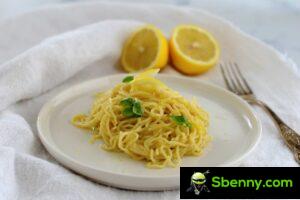
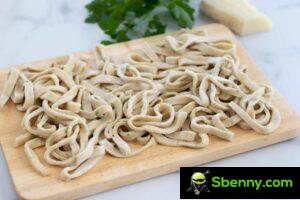
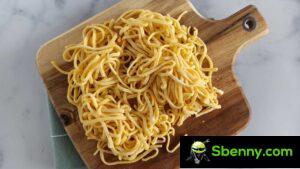
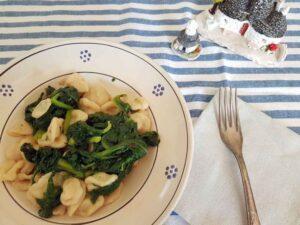
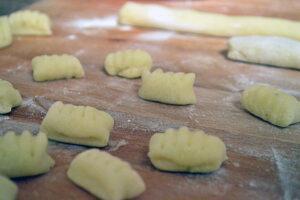
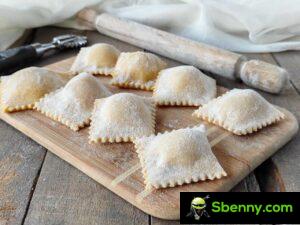
Start a new Thread